Amur lilac: description, reproduction and care
Amur lilac is one of the types of lilac, which is used not only for decorating the garden, but also as a coastal and soil-strengthening rock. The tree got its second name "Crackle" because of the crackling produced by burning raw firewood, sparks can fly off several meters.
Content:
Description of the species
The Amur lilac came to us from Manchuria, the Amur region, the Khabarovsk and Primorsky regions, Korea and China.
The best conditions for the development of lilacs are mixed forests, wooded slopes, shrub thickets.
Spreading in the mountains, it can rise 600 m above sea level. Lilac grows Amur up to 10 m. in height, and occasionally up to 15 m., is a multi-barreled deciduous shrub... On the dark bark, white transverse lentils are clearly visible, young shoots are red-brown in color, a bit like cherry shoots.
The leaves do not differ from common lilac, their length ranges from 5 to 10 cm, green in color, heart-shaped.
In autumn, the leaves turn a beautiful purple or orange-yellow color. Inflorescences are large, up to 25 cm long and up to 20 cm in diameter. The flowers are light cream in color, small, have a pronounced aroma. It begins to bloom at the end of June, the flowering period lasts 2-3 weeks. For comparison, Hungarian lilac begins to bloom 2 weeks earlier, and common lilac 3 weeks later.
Amur lilac tolerates cold and dry weather well, although it loves rich, well-moistened soil... It develops rapidly in urban conditions, it is not afraid of dust and pollution. The full life cycle of a tree lasts up to 100 years.
Amur lilac care
Lilac is an unpretentious plant, but this does not mean that it does not require special care at all.
The most important thing is that Amur lilac is a loosened fertile soil. Therefore, periodically it is necessary to dig up weeds and loosen the soil around the trunk. While the tree is young, its roots are close to the surface, so weeds are especially dangerous for the life of the plant.
The most dangerous are wheatgrass, dandelion and moan.
How to care for Amur sawdust:
- Loosening of the soil is necessary for the access of a large amount of oxygen and moisture.
- Abundant watering should be provided at the beginning of summer, about 30 liters of water per 1 square meter.
- If rainfall is moderate, then watering can be reduced slightly.
- By the end of summer and autumn, watering is not ensured, only in dry weather.
- It is also important not to overfill the plant, with excessive watering, you can cause premature bud development in spring or freezing of young shoots in winter.
- In the first year of the life of the Amur lilac, it is watered no further than the planting pit, the older the plant, the more the irrigation area is increased. If there is a draft or constant strong winds on the site, then watering increases slightly. Moisture must pass to a depth of 40 cm.
- If the lilac grows in an urban environment or close to the highway, in spring and summer its leaves are washed from dust and dirt with a stream of water.
- If sulphurous or other gas is present in the air, then on the contrary, it is impossible to spray with water, since the formed acid will penetrate more into the leaves and damage them.
Top dressing of Amur lilac
In addition to watering, you need to provide proper nutrition.
- Nitrogen
- Phosphorus
- Potassium
- Calcium
- Magnesium
- Sulfur
- Iron
- Boron
- Manganese
- Copper
- Zinc
- Molybdenum
- Cobalt
- Iodine
- Fluorine
Nitrogen fertilizers can be given already in the second year of development. This is done in the form of triple dressings of 50 grams per season, or ammonium nitrate is used in the amount of 70 grams.
The first feeding is done a month after the soil has thawed, you don't even have to wait for the snow to completely melt. Second and subsequent in 3 weeks.
Some of the most valuable supplements are horse manure, chicken droppings, and mullein.
Ash is used as a complex fertilizer. It is taken from dried or cut branches.
Much attention is paid to the formation of the bush, pruning is done already from the 3rd year of the plant's life. The main trunks should be those branches that lengthen the bush. Shoots going deep into the crown are completely cut off.
Reproduction of lilac
Amur lilac can be propagated both for the development of your own garden and for sale.
The main methods of propagation of the bush:
- Seeds
- Cuttings
- Layers
- Vaccination
The seeds are harvested in late autumn in wet weather, so the seeds do not fall out of the pod.
The boxes are further dried at room temperature for several days, now the seeds can be easily removed.
To stratify the seeds, they are mixed with wet river sand in a 1: 3 ratio and left in any container with holes to drain the water. The jar or box should be located in a room with a temperature of no more than +5 degrees. The bottom of the refrigerator is suitable for this purpose.
After 2 months, the seeds are sown in a box of steamed earth.
If you take a homogeneous, unprepared soil, then the seeds will not germinate. When propagating by layering, young seedlings can be obtained by autumn.
The most common layering is Simple, Chinese and Dahlem:
- With a simple retraction, the branches of the bush are bent to the ground and secured with pegs.
- In Dalem, young shoots are pulled over with copper wire to stimulate root formation.
- The Chinese method resembles a simple one: the shoots are bent to the ground, previously tied with wire.
For growing stock, ash or privet, sometimes Hungarian lilac, is most often taken. The best fusion of the scion and rootstock is ensured in plants of the same species.
Grafting Amur lilac is no different from grafting other trees or shrubs. Simple copulation is used, with an oblique cut, with a tongue, grafting for the bark, in the cleft and with an eye.
You can find out more information in the video.



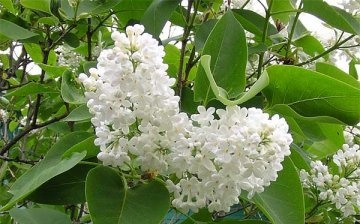
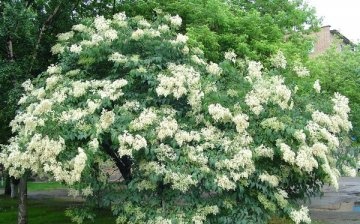
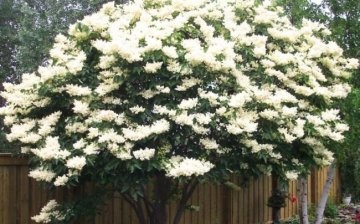
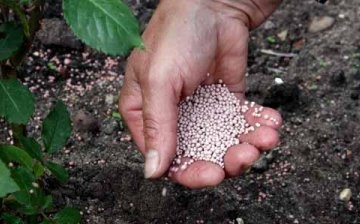
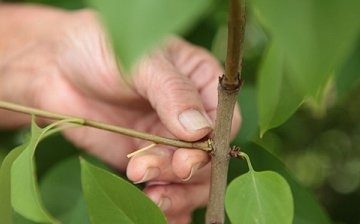





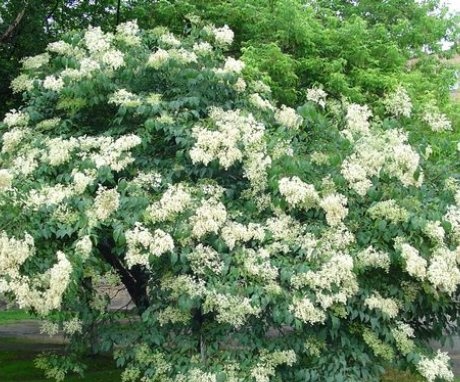

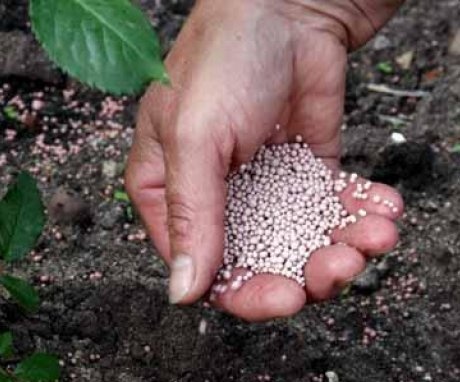
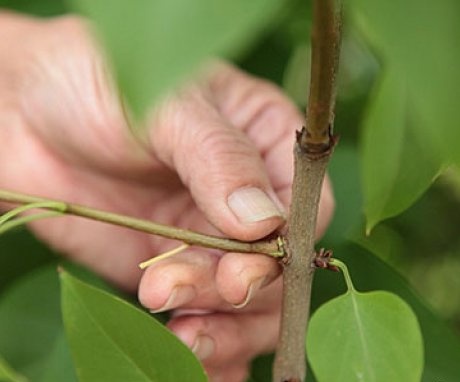
From my own observations, I can say that 5-10 years of life is enough for such a bush, and then if you do not cut it off and take care of it, it will dry out. In addition, white lilacs are more susceptible to frost, but they can also move away.